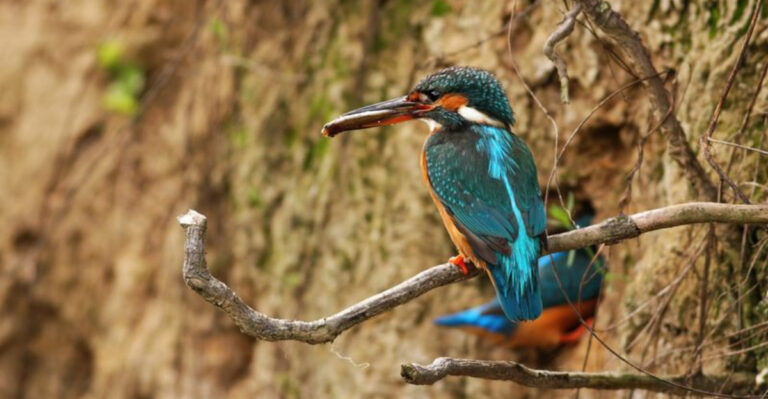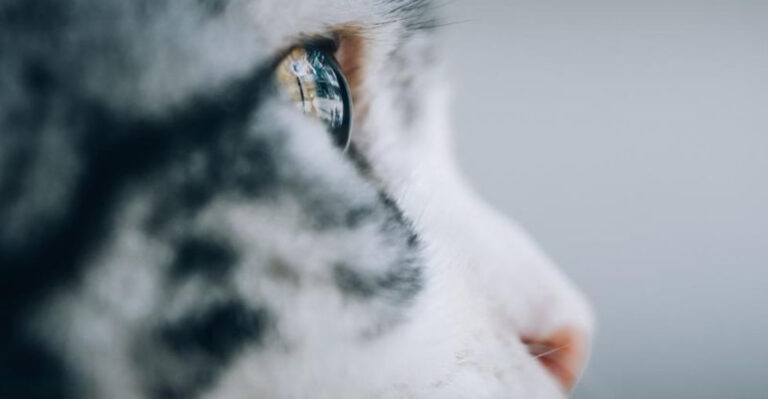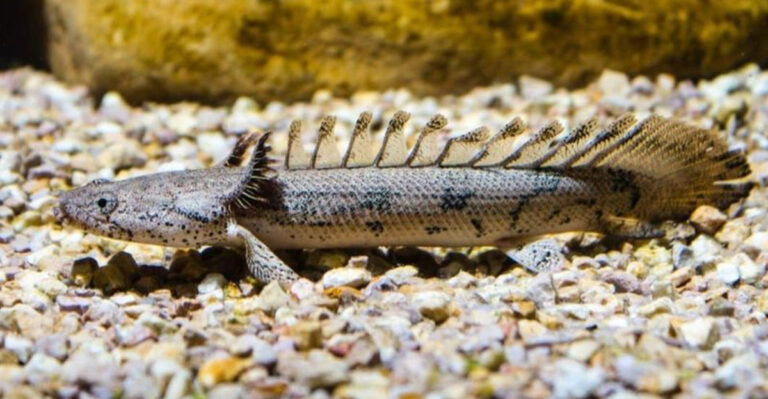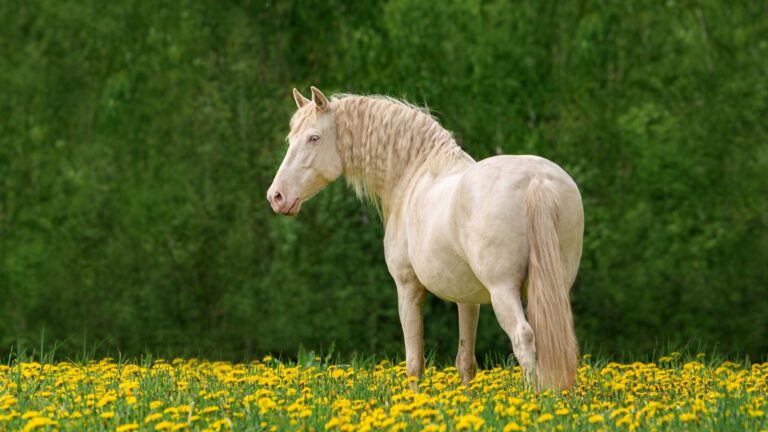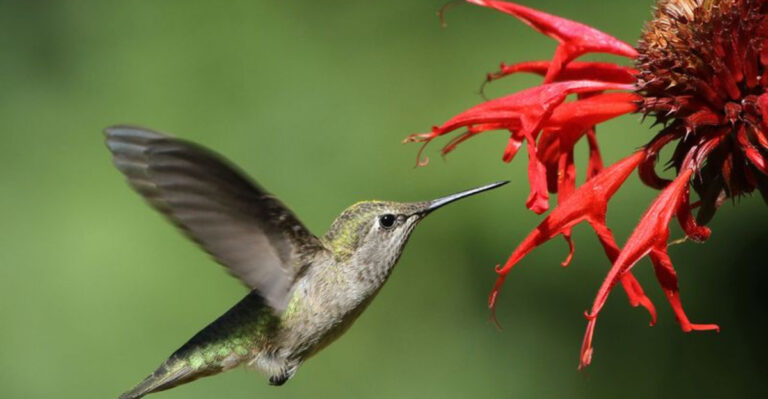15 Animals With The Strangest Sleeping Habits

Ever wondered which creatures have mastered the art of sleep in the most peculiar ways? From aquatic mammals to tiny insects, the animal kingdom is full of unique sleepers with habits that might surprise you.
Whether it’s sleeping while flying or catching some Z’s underwater, these animals have adapted their rest routines to suit their fascinating lifestyles. Let’s explore these extraordinary sleepers and their quirky bedtime rituals.
1. Dolphins
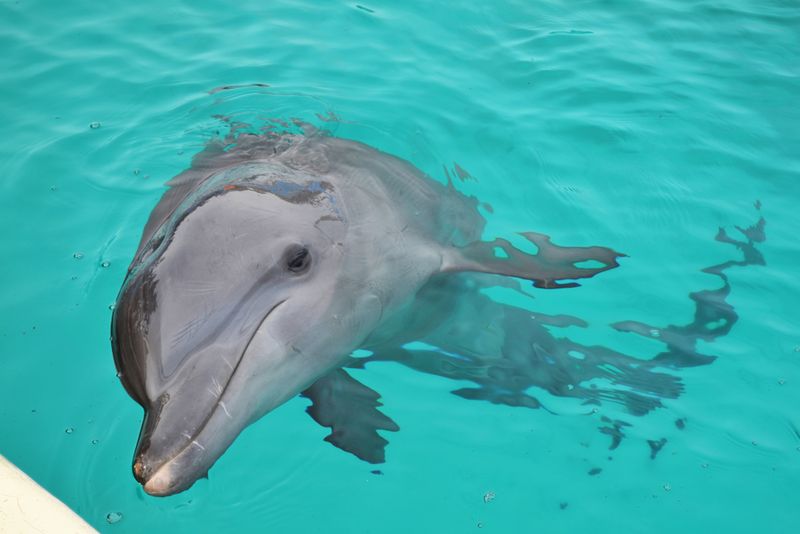
Imagine sleeping with one eye open! Dolphins, those intelligent oceanic creatures, do just that. They engage in unihemispheric slow-wave sleep, meaning one half of their brain snoozes while the other half stays alert.
This allows them to surface for air and keep an eye out for predators. Pretty clever, right? Their ability to stay vigilant while resting ensures their survival in the vast, unpredictable ocean.
2. Sloths
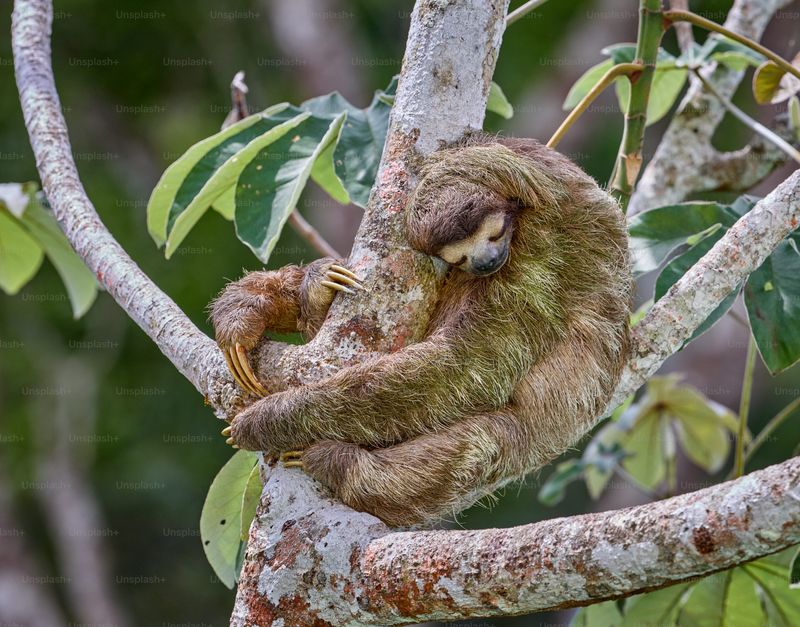
Ever felt like napping all day? Sloths can relate. These slow-moving mammals spend up to 20 hours a day asleep, clinging to branches in the tropical forests of Central and South America.
It’s like they’re on permanent snooze mode. Their slow metabolism allows them to conserve energy, making them the ultimate chill-out champions in the animal kingdom.
3. Albatrosses
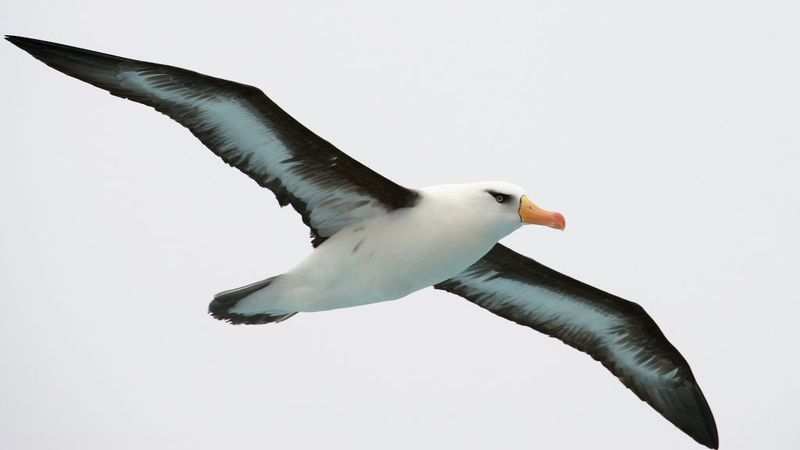
Sleeping while flying? Albatrosses have mastered it. These incredible birds can doze off mid-flight, thanks to micro-naps lasting seconds. Imagine catching a quick nap while you’re on the wing!
This allows them to travel long distances over the ocean without stopping. With their impressive wingspan, albatrosses can glide for hours, making the most of their airborne naps.
4. Horses
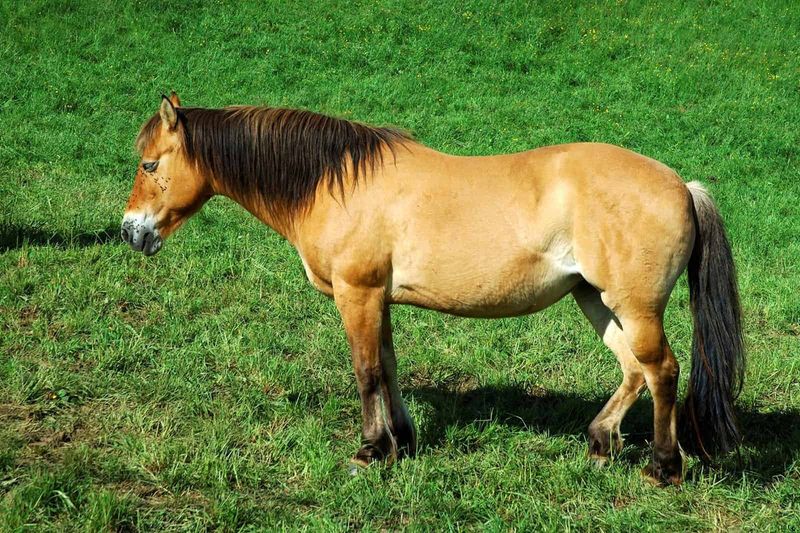
Ever tried sleeping on your feet? Horses do it all the time. With a special locking mechanism in their legs, they can catch some Z’s without collapsing to the ground.
This adaptation is perfect for quick escapes from predators. While they enjoy a good lie-down too, their ability to nap standing showcases their survival instincts and adaptability. It’s sleep with a side of safety.
5. Sea Otters
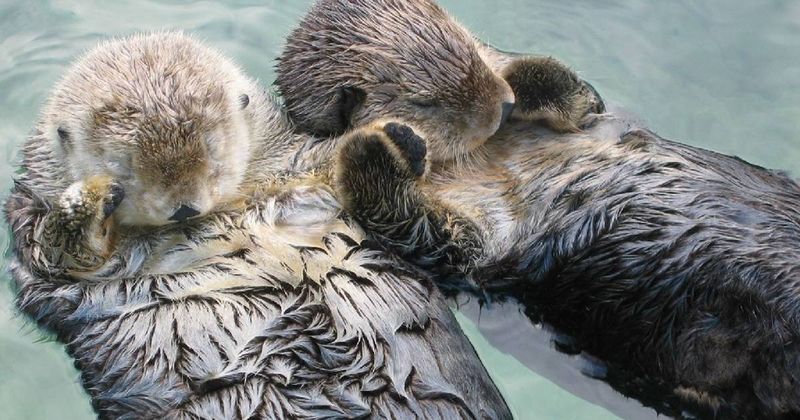
Holding hands while you sleep might sound cute, and sea otters do it for real! These adorable creatures float on their backs, often linking paws to stay close and prevent drifting apart.
Their thick fur keeps them warm as they snooze on the ocean surface. It’s a charming sight and a practical strategy to maintain contact in the ever-moving waters.
6. Bats
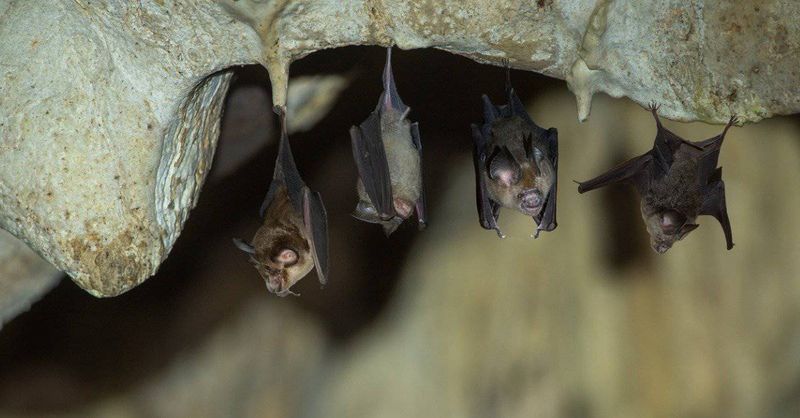
Hanging upside down may seem like an odd way to catch some Z’s, but for bats, it’s perfectly normal. These nocturnal creatures roost in caves and trees, using their feet to cling to surfaces as they sleep.
This inverted position keeps them safe from predators and allows for quick takeoffs when it’s time to hunt. It’s sleep with a batty twist!
7. Giraffes
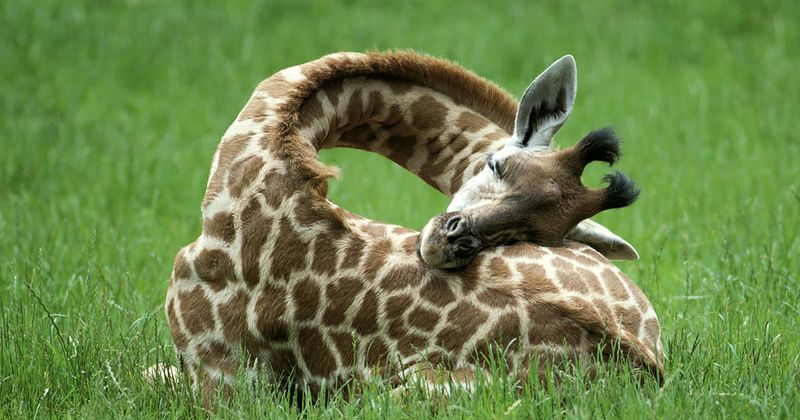
Who needs a full night’s sleep when you’re a giraffe? These towering creatures grab just 30 minutes to two hours of shut-eye per day. Often, they sleep standing up, with their necks curled back like a swan.
Why so little sleep? Staying alert helps them avoid predators in the wild. Even in rest, they’re on the lookout, proving sleep isn’t always about lying down.
8. Frogs

Can you nap with your eyes wide open? Some frogs do! Their transparent eyelids allow them to rest while still keeping a lookout.
This adaptation helps them stay alert in their aquatic habitats, where predators might lurk. It’s like having a built-in security system during nap time. Frogs prove that vigilance and relaxation can go hand in hand.
9. Walruses
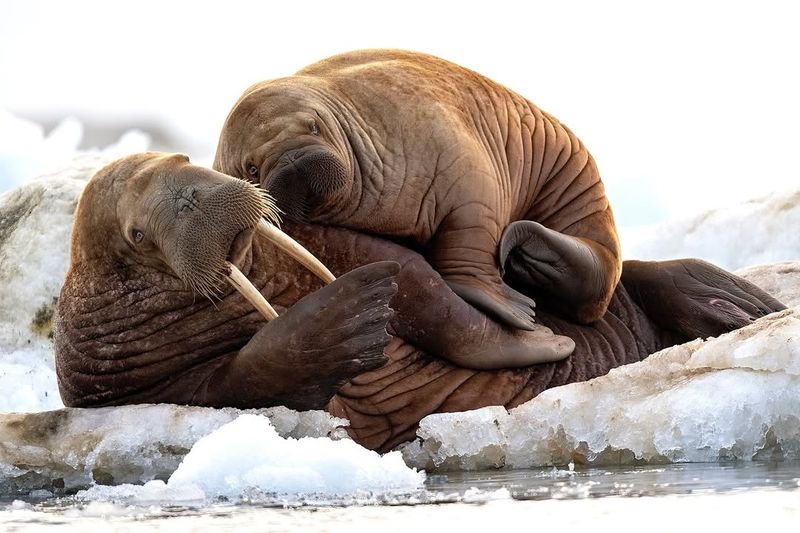
Walruses have a knack for social sleeping. Piled together on ice floes, they catch their Z’s in a cozy, blubbery heap. Their large bodies and thick skin keep them warm in chilly Arctic waters.
By napping in groups, they conserve heat and fend off predators. It’s a group effort in the name of survival, where snoozing together means staying safe and warm.
10. Koalas
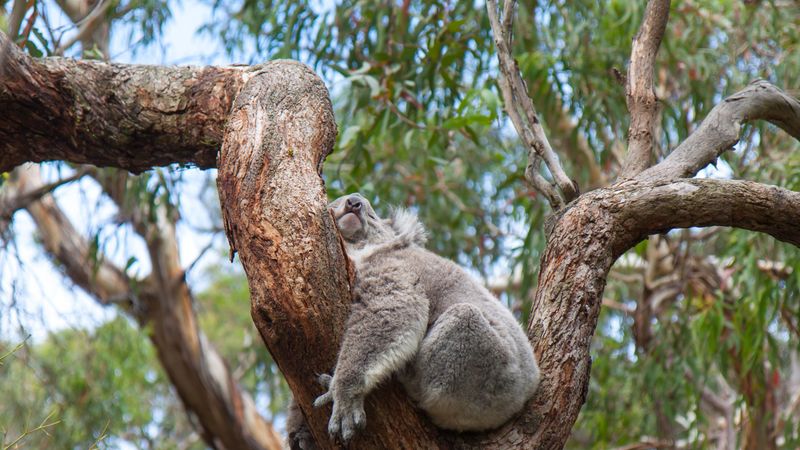
They might look like they’re living the dream, sleeping 18-22 hours a day. Koalas are the ultimate dozers of the animal world. Nestled in eucalyptus trees, they digest their toxic meals while catching up on rest.
This extended nap time helps them conserve energy. Their sleepy nature makes them icons of relaxation, embodying leisure in the treetops of Australia.
11. Lions
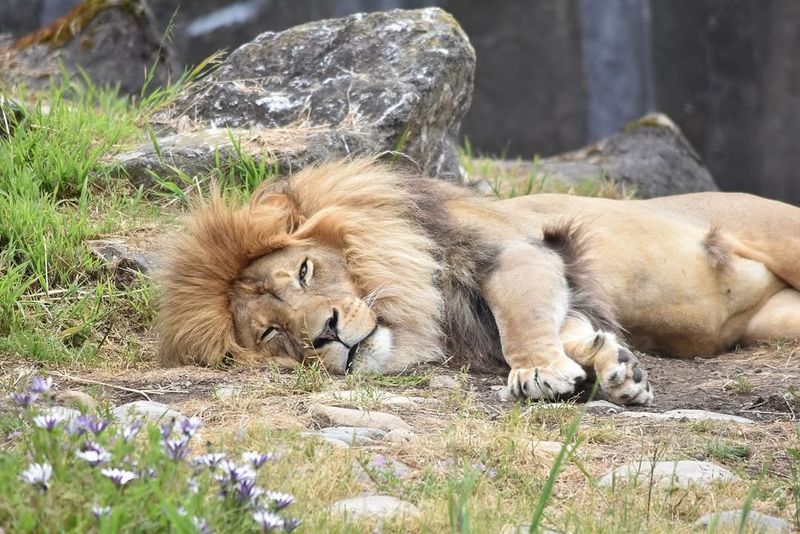
King of the jungle? More like nap king! Lions are known for their extensive sleep, lounging up to 20 hours a day. Proudly sprawled in the African savanna, they snooze to conserve energy for hunting.
Their social sleep habits strengthen pride bonds, making them a tight-knit group. When it comes to relaxation, these big cats reign supreme in the animal kingdom.
12. Birds Of Paradise
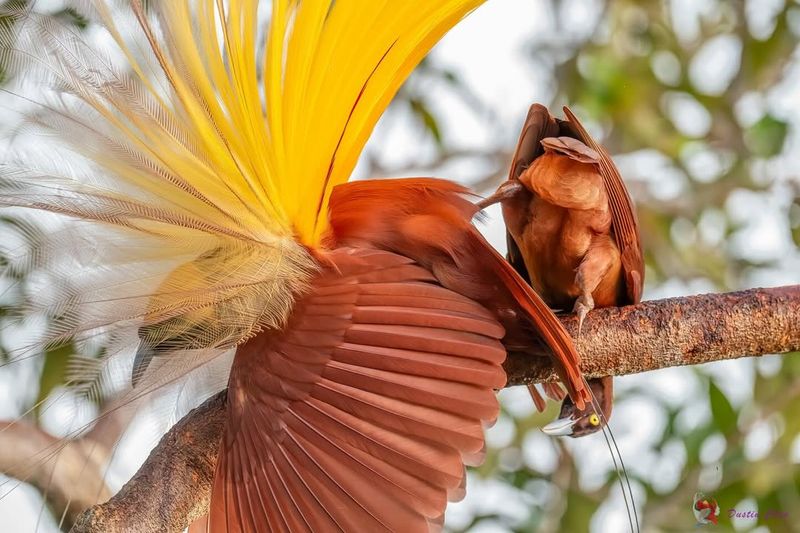
With plumage as vibrant as a sunset, birds of paradise have a flair for the dramatic, even in sleep. Perched gracefully, they rest while maintaining their stunning display in the dense jungles of New Guinea.
Sleep doesn’t dull their brilliance, as they conserve energy for their elaborate courtship displays. Their beauty and sleep habits make them enchanting figures of the avian world.
13. Elephants
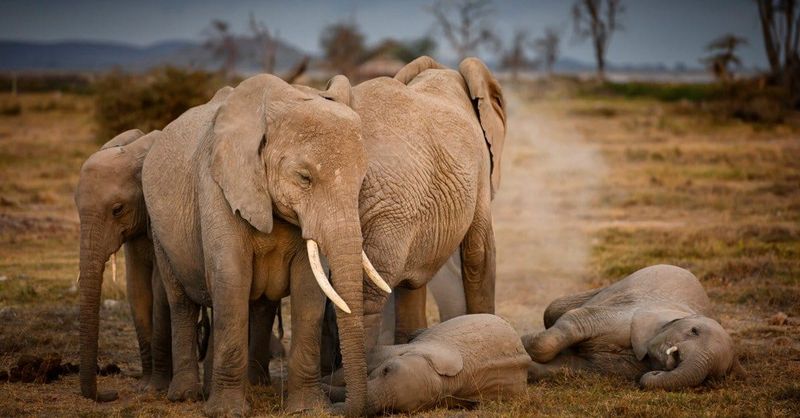
Elephants might be large, but they’re light sleepers. They only rest for about three to four hours a day, often standing but sometimes lying down for deeper sleep. In the wild, they stay alert to protect the herd.
Their short naps are crucial, allowing them to cover vast distances in search of food and water. In sleep, they balance rest with vigilance.
14. Sharks
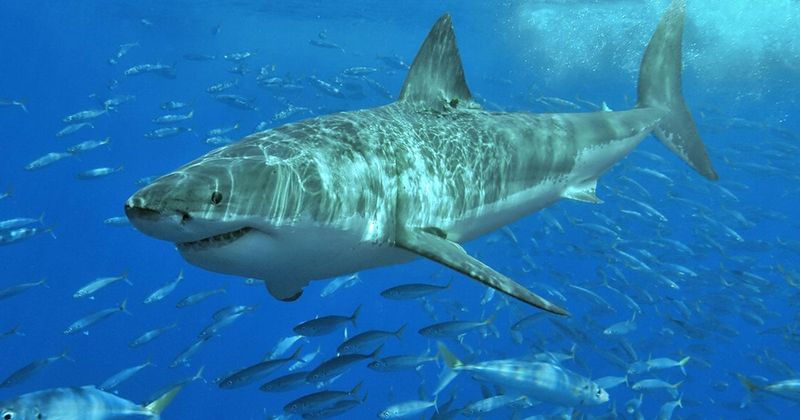
Do sharks sleep? Kind of. They keep moving, even in rest, to maintain water flow over their gills. Known as ram ventilation, this allows them to breathe while asleep.
Their constant motion might seem restless, but it’s vital for survival in the ocean. It’s a seamless blend of rest and motion, proving that even the fiercest predators need a break.
15. Parakeets
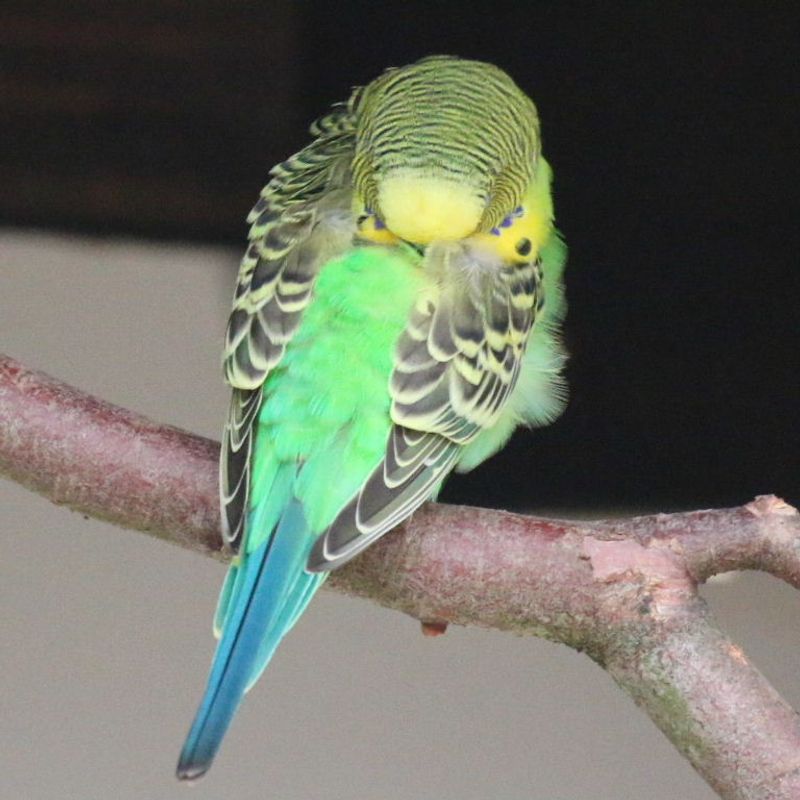
These chatty little birds are known for their vibrant feathers and lively personalities. Parakeets take frequent naps during the day, perching quietly with their heads tucked into their feathers.
This behavior helps them conserve energy for their energetic antics. Their playful nature doesn’t stop when they’re resting; they’re simply recharging for more fun.


